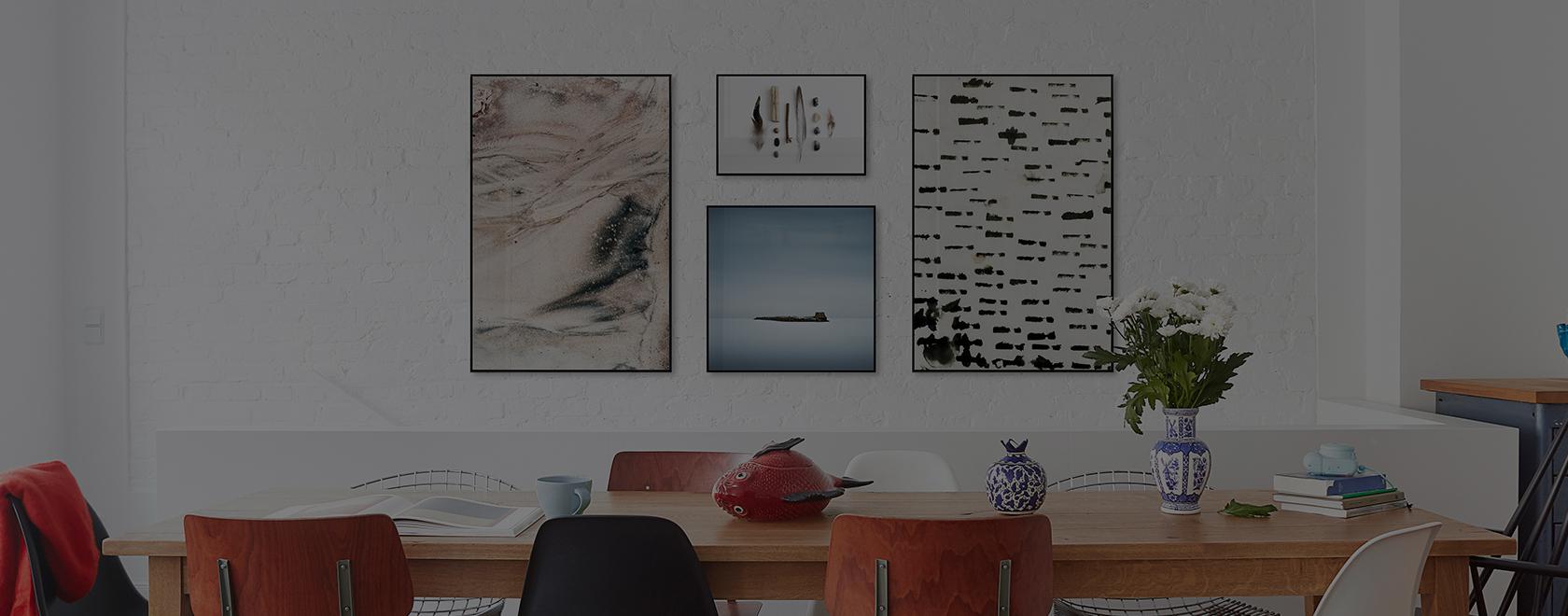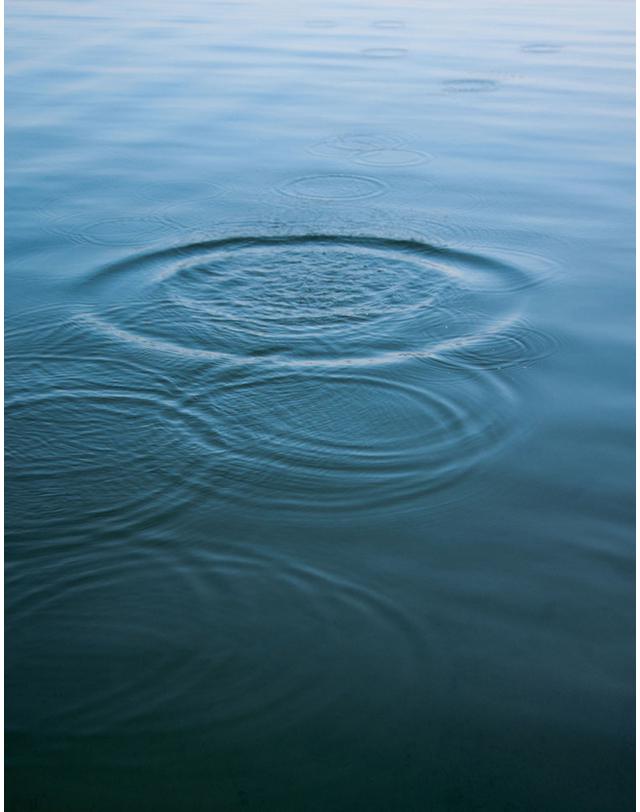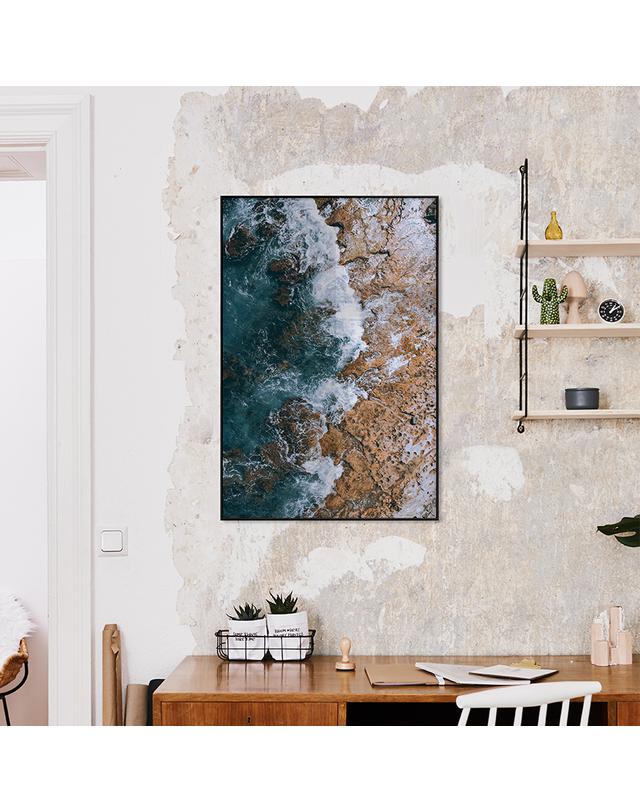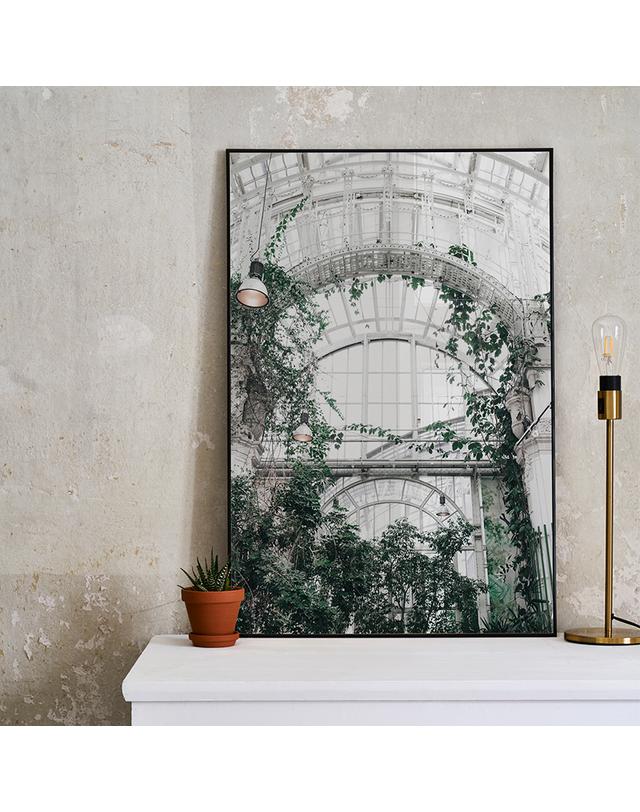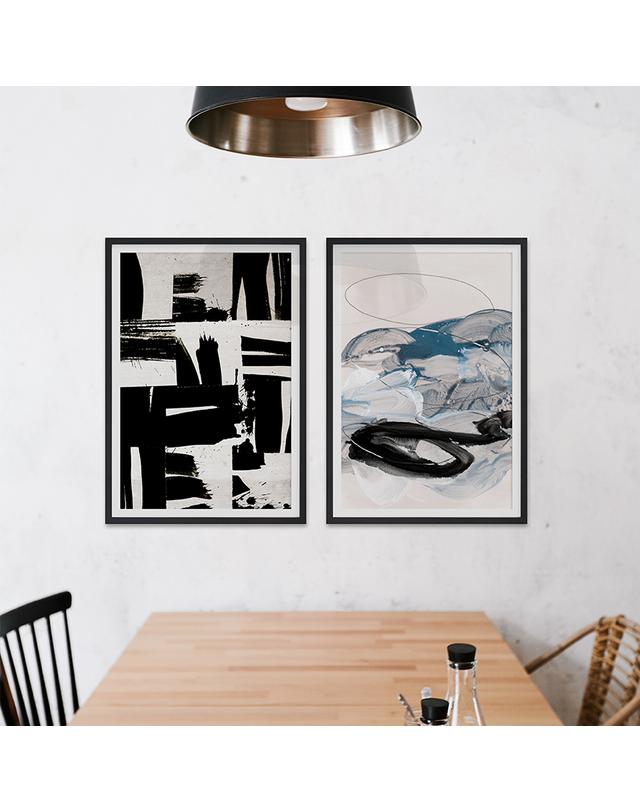Whether it's slow life, hygge or the lagom spirit, trends from far and wide favour the art of purity and regained simplicity, each in their own unique way. In a fast-paced world of hyperproduction, the concepts that resonate with us the most call for more thoughtful consumption and a more moderate pace of being. However, such notions aren’t purely limited to the realms of frugality. They can also be applied to the aesthetics of luxury, with interiors that are as beautiful as they are imperfect. The latest trend? The Japanese philosophy of Wabi-sabi—a perfect match for 2018.
The philosophy of imperfection
The reality of the modern world often compels us to favour perfection. From aesthetic objects of desire to our very philosophy of being, we’re predisposed to flawlessness and don’t take the time to appreciate the rougher side of life. Japan is a land of technological progress and age-old traditions; its ancient philosophies take on ever more relevance for our modern age.
But what exactly does Wabi-sabi mean? Just like the very principle it stands for, the word itself is an evanescent notion. In a more general sense, wabi originally meant sadness, desolation and loneliness. Poetically, however, the word came to mean simple, immaterialistic, humble and in harmony with the natural world. It evokes the rustic simplicity and calm of nature or objects transmitting an innate elegance.
Sabi, on the other hand, communicates the blossoming of time. It is the beauty and serenity that comes with age, when the life of an object and its impermanent nature are brought to the fore—through its sheen, its wear and tear, or through the scars left by repairs. It is rust, authenticity, proof that nothing lasts, everything is transient and beauty is fleeting. This notion has even given birth to the proverb: “Time is good for things, but not for man.”
But how does this translate into art? Some artists capture this elegance through photographs of nature or architecture on which time has left its mark. Others, through abstract motifs that highlight beauty. Channel the Wabi-sabi spirit—let it permeate your everyday life and invigorate your interior.
Return to the roots
Nature is unrivalled in its power to make us rediscover the subtle elegance of passing time. It’s something you can feel when admiring the nuanced border between the light and dark side of the moon. It’s the backdrop of a nebulous evening, against which a branch carves out a silhouette. It’s the uneven feeling of moss-covered stones on a countryside wall. So pick some flowers and gather some branches on a scenic stroll, or let these stunning photographs remind you of nature’s magnificent wonder from your own living room.
The mark of time
Scraps of wood—former objects blunted by salt and waves, found discarded on deserted beaches. The dilapidated walls of a building, concealing a fascinating and mysterious past lost to time. We often forget that the artefacts we create as humans are as ephemeral as our very selves. Rediscover their charm and the stories they emanate with sublime evocations of lost places, lonely spaces and uneven earthenware.
Imperfection through abstraction
Symmetry is too predictable, straight lines lead you to boredom and you have a soft spot for delicate imperfections—so fill your interior and your life with Wabi-sabi art. If you’re growing tired of the oh-so-trendy geometric minimalism and perfectionism of recent years, reach for abstraction with stunningly asymmetrical prints and uneven art that will bring a harmonious imbalance to your interior.
Text: Diane Mironesco
Translation: Nicholas Potter
